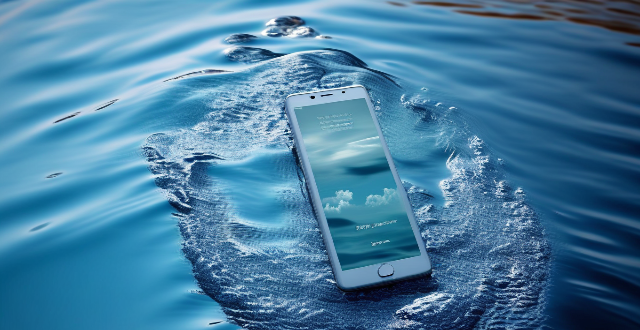Waterproof smartphones can withstand water exposure, but their capabilities depend on the IP rating. The first digit of the IP rating indicates protection against solids, while the second digit represents protection against water. For example, an IP67-rated device is dust-tight and can handle immersion up to 1 meter for 30 minutes. Factors like age, manufacturer variations, and condition of the device can affect waterproof capabilities. It's important to understand your phone's specific IP rating and limitations to maintain its waterproof features.

What is the Maximum Depth and Time Limit for Waterproof Smartphones?
Waterproof smartphones are designed to withstand exposure to water, but their capabilities vary depending on the specific model and its IP rating. The International Protection (IP) rating system is used to classify the degree of protection provided against the intrusion of foreign bodies, such as dust, water, and other substances.
IP Rating System
The IP rating consists of two digits:
- The first digit indicates the level of protection against solid objects, ranging from 0 (no special protection) to 6 (dust-tight).
- The second digit represents the level of protection against water, ranging from 0 (no protection) to 8 (protection against long periods of immersion under pressure).
For example, an IP67 rating means that the device is dust-tight and can withstand being immersed in water at depths up to 1 meter for 30 minutes.
Maximum Depth and Time Limit
Maximum Depth
The maximum depth a waterproof smartphone can handle depends on its IP rating. Here's a general guideline:
- IP67: Up to 1 meter for 30 minutes
- IP68: Greater than 1 meter, typically up to 4 meters for 30 minutes
- Higher ratings like IPX8: Even greater depths, often specified by the manufacturer
Time Limit
The time limit for which a waterproof smartphone can be submerged also varies with the IP rating:
- IP67: Typically 30 minutes at the specified depth
- IP68: Varies by manufacturer, but often around 30 minutes at the specified depth
- Higher ratings like IPX8: May allow for longer durations, often specified by the manufacturer
Factors Affecting Waterproof Capabilities
Several factors can affect the waterproof capabilities of a smartphone:
- Age of the Device: Over time, seals may degrade, reducing waterproof effectiveness.
- Manufacturer Variations: Different manufacturers might interpret IP ratings differently, leading to variations in actual performance.
- Condition of the Device: Damage to the case or seals can compromise waterproofing.
- Exposure to Chemicals: Some chemicals can degrade seals or materials, affecting waterproof performance.
- Temperature Extremes: Very high or low temperatures can impact the effectiveness of waterproof seals.
Conclusion
While waterproof smartphones offer varying degrees of protection against water, it's essential to understand your device's specific IP rating and limitations. Always refer to the manufacturer's guidelines for precise information regarding maximum depth and time limits, as well as any additional precautions you should take to maintain your phone's waterproof capabilities.